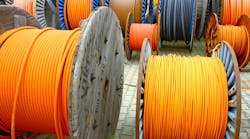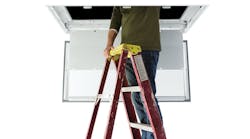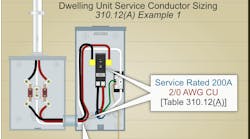As established in Part 1, you must test medium-voltage (MV) cables to know their condition because of the many factors that can cause premature cable failure. Those failure factors include:
• Installation errors.
• Elevated temperature.
• Hi-voltage transient events.
• High UV radiation.
• High humidity.
• Water immersion.
• Ice, high winds, and other mechanical stresses.
• Exposure to airborne contaminants, animal droppings, and other sources of corrosive chemicals.
Granted, all but of the first three on the list tend to apply to overhead cables rather than cables run in raceway. But any one of these can dramatically reduce the life of an MV cable.
One point that this list makes clear is you need to put your MV cables on a testing program from Day One and trend the results so you can see when a given cable is undergoing accelerated deterioration. Having a list of failure factors leads to the idea that it’s good to actively address those factors. But look again at the list. In most cases, it will be impractical or impossible to do anything about these. So you must address the results of the cable testing instead.



